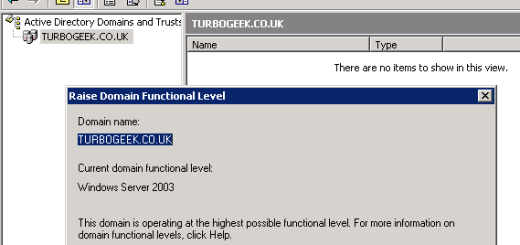How to boot Windows into Safe Mode

Booting Windows into Safe Mode is a crucial diagnostic process that enables users to run the operating system with minimal drivers and services. This troubleshooting method is indispensable for isolating software conflicts, driver issues, and other system-related problems.
In this comprehensive article, we will explore various methods for booting various Windows operating systems, including Windows 7, Windows 8.1, Windows 10, and the latest iteration, Windows 11, into Safe Mode.
Already booted into Safe Mode – check out our new guide on how to use Windows Safe Mode.
Safe Mode is a special way to start your computer that makes it easier to troubleshoot problems. In Safe Mode, your computer only loads the essential programs and services it needs to run. This means it won’t load things like most software and special drivers, which might be causing issues.
Safe Mode is useful for:
- Identifying Problems:
By starting with only the basics, you can determine if an issue is caused by something built into your computer or something additional you’ve installed.
- Fixing Issues:
After you have successfully entered Safe Mode, it will become significantly more straightforward to delete or rectify troublesome files, programs, or drivers. The advantage of this situation is that these potentially disruptive elements will not be active, thereby minimizing the likelihood of them hindering or complicating your tasks. - Virus Scans:
Some viruses and malware can be hard to remove when all software runs normally. Safe Mode makes it easier to scan for and remove these unwanted programs. - System Restoration: If your computer isn’t working well, you can use Safe Mode to restore it to an earlier state when things are fine.
Window 11 / Windows 10 Procedure
Step 1 – Access the Run Dialog

- Locate the Windows Key:
This key is usually found between theCtrlandAltkeys on the lower left corner of your keyboard. - Initiate the Command:
While holding down the Windows key, press theRkey. This action opens a small dialog box in the lower-left corner of your screen, known as the Run dialog. - Prepare for Next Step:
Ensure the Run dialog is active and ready to accept commands.
Step 2 – Type Command
- Enter Command Text:
In the Run dialog, you’ll find a text field. Typemsconfiginto this field. This is the command that will open the System Configuration tool. - Execute the Command:
Press theEnterkey or click onOKto execute the command. The System Configuration window should open momentarily.
Step 3 – Navigate to the Boot Tab
- Identify Tabs:
Within the System Configuration window, you’ll encounter a variety of tabs displayed at the top, including but not limited to General, Boot, and Services. These tabs serve as the gateway to different settings and options that allow for customized system behavior. - Selection Process:
Using your mouse or arrow keys, move to and click on the tab labeledBoot. This tab is specifically dedicated to boot-related settings.

Step 4 – Choose Safe Boot
- Locate Boot Options:
Within the Boot tab, you’ll find a section called Boot Options, which contains various settings. - Enable Safe Boot:
Locate the checkbox next toSafe bootand check it by clicking on it or navigating to it and pressingEnter. - Select Safe Boot Type:
Upon checking the Safe Boot option, other adjacent options will become available, likeMinimal,Alternate Shell, etc. Choose the one that fits your needs.
Step 5 – Apply Settings
- Confirm Changes:
After selecting the desired Safe Boot type, move your cursor to the bottom-right corner of the System Configuration window. - Apply and Save:
Click on theApplybutton first to save your changes temporarily. After that, click on theOKbutton to finalize the settings.
Step 6 – Restart Computer
- Prompt Appears:
A dialog box will appear asking if you want to restart your computer to apply the changes. - Initiate Restart:
Click on theRestartbutton in the dialog box. This action will close all open applications and restart your computer. - Enter Safe Mode:
After the system restarts, it will automatically boot into Safe Mode using the options you’ve specified.

Check out our other Windows 11 procedures.
Already booted into Safe Mode? – check out our new guide on how to use Windows Safe Mode.
Not sure which Safe Mode to Boot? Check out this article about understanding the different safe mode options.




Recent Comments